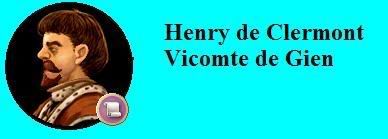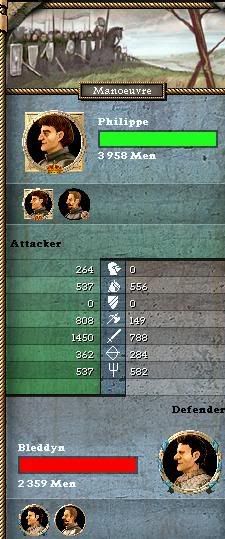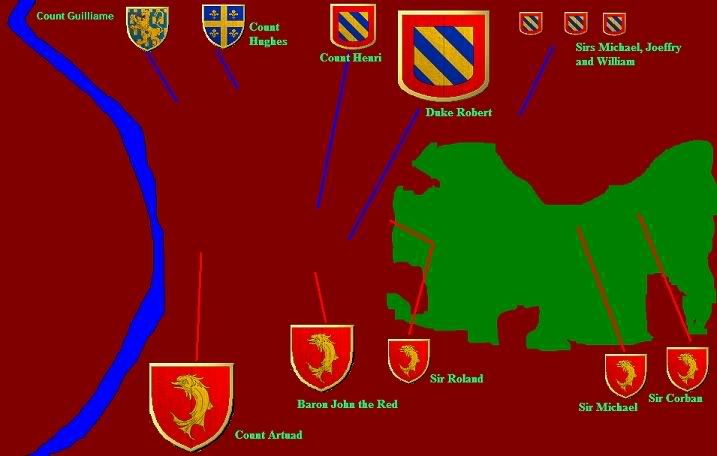Les Rois de la France
~~
Philippe I Capet- The long king
Part I- The Child King
Philippos, Greek for ‘lover of horses’ was a gift from Philip’s mother, Anne of Kiev. From his father he inherited something far greater, the crown of France. In 1060, Henry Capet, heir by right of arms to Robert II Capet, died at the age of 52. His eldest son had been born a mere 8 years earlier in 1052. This young boy was to become king when Henry died. Philippe, or Philip, was but a 7 year old child when he came to the throne in 1060. However, for 6 years his mother, Anne of Kiev, would rule in his name. It is therefore fitting that the true story of Philip begins in 1066, the year of the invasion. At aged 13, Philip became king in his own right, but he ruled a realm on the edge of destruction.
For years Philip’s father Henry had fought with William ‘the bastard’ of Normandy. William, son of Robert
le Magnifique, legitimized by his father to be heir to the Norman lands, was the most contentious of Henry’s Dukes, and the late King had waged two wars with the military genius. When William conquered England, it was Philip who was left with the consequences. It was Henry de Clermont, Vicomte de Gien, who suggested a useful solution to Philip and his council. William, or whosoever called himself Duc de Normandie, would swear fealty to the King of France and would thus be called upon to support Philip in times of war. In return for this service, the Duc de Normandie would be given autonomy within his own realm.
Vicomte de Gien, author of the ‘King’s Agreement’ between Philip and William.
It was in this way that England and France became staunch allies during the reign of Philip and William. Despite his rebellious nature, and Philip’s father’s wars, the two realms coexisted without conflict for the entirety of William’s reign as king.
The King’s Agreement
The other issue for Philip, and more specifically his Mother and Chancellor (a position newly given to the Vicomte de Gien) was that of his marriage. Across the continent a search for a bride of import was engaged. First came French courtiers, but Anne of Kiev, Philip’s mother, sought a more valuable bride. Sancho Jimenez, King of Aragon, had no heirs. His younger sister, who was 9 years Philip’s senior, was yet unwed. Both Anne and Henry de Clermont saw this opportunity and seized upon it. With a hansom dowry included, Philip was engaged to Sancha Jimenez, and their sons would thus have a claim to the crown of Sancho. It was a diplomatic coup that would have ramifications decades later. While conflict would follow this period of progress and security, for the time being the world of Philip was at peace.
Sancha Jimenez, Reine de la France













